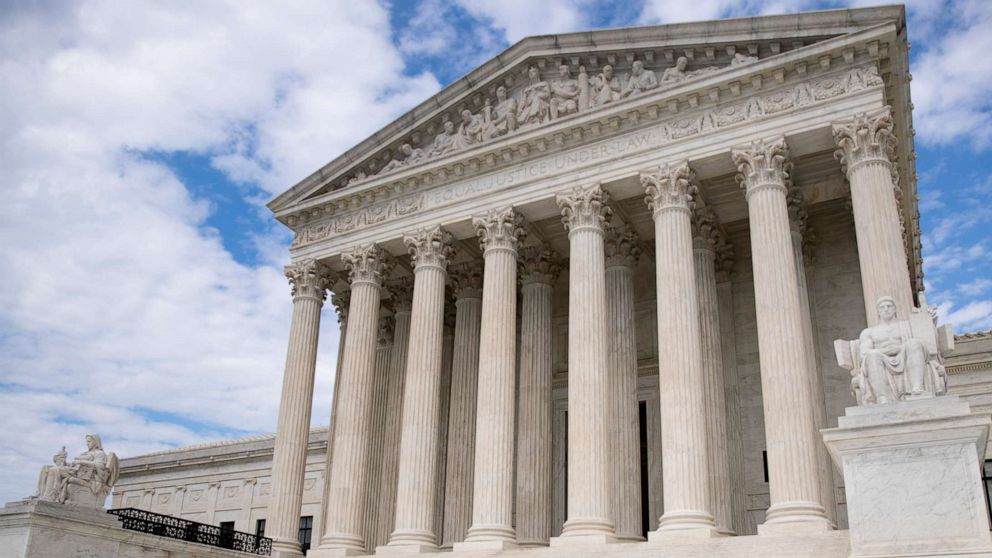Disir
Platinum Member
- Sep 30, 2011
- 28,003
- 9,615
- 910
The coronavirus pandemic introduced America to its Supreme Court in action, and millions had reason to be riveted by what they heard.
An extraordinary two weeks of livestreamed oral arguments by teleconference featured an uncharacteristically loquacious Justice Clarence Thomas; the indomitable Justice Ruth Bader Ginsburg phoning in from a hospital; and a mysterious toilet flush on an open line that became a viral whodunit on social media.
"The fact that we're mostly only talking about a toilet flush less than two weeks later is a sign that this livestream experiment was a huge success," said Gabe Roth, executive director of Fix the Court, a nonpartisan watchdog group.
In addition to theatrics, the public heard an ideologically fractured court searching for answers to controversial legal questions that touch multiple aspects of American life -- from U.S. foreign aid and employment at religious schools, to robocall debt collection, women's contraception coverage and rogue delegates to the Electoral College.
"On balance, it was a very successful experiment," said ABC News Supreme Court analyst Kate Shaw, a Cardozo Law professor and co-host of the "Strict Scrutiny" podcast. "Many Americans were able to witness a key aspect of the court's work for the first time, and that in itself was highly valuable."

 abcnews.go.com
abcnews.go.com
I look forward to October.
An extraordinary two weeks of livestreamed oral arguments by teleconference featured an uncharacteristically loquacious Justice Clarence Thomas; the indomitable Justice Ruth Bader Ginsburg phoning in from a hospital; and a mysterious toilet flush on an open line that became a viral whodunit on social media.
"The fact that we're mostly only talking about a toilet flush less than two weeks later is a sign that this livestream experiment was a huge success," said Gabe Roth, executive director of Fix the Court, a nonpartisan watchdog group.
In addition to theatrics, the public heard an ideologically fractured court searching for answers to controversial legal questions that touch multiple aspects of American life -- from U.S. foreign aid and employment at religious schools, to robocall debt collection, women's contraception coverage and rogue delegates to the Electoral College.
"On balance, it was a very successful experiment," said ABC News Supreme Court analyst Kate Shaw, a Cardozo Law professor and co-host of the "Strict Scrutiny" podcast. "Many Americans were able to witness a key aspect of the court's work for the first time, and that in itself was highly valuable."

Clarence Thomas captivates with 63 questions on Supreme Court livestreams
The coronavirus pandemic introduced America to its Supreme Court in action by livestream, and millions had reason to be riveted by what they heard.
I look forward to October.